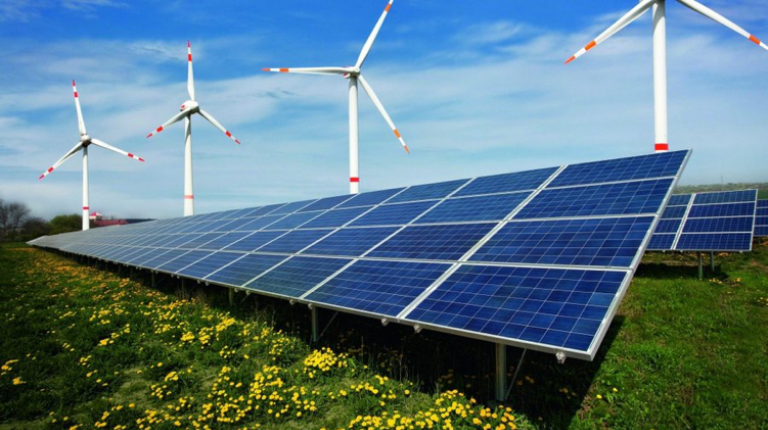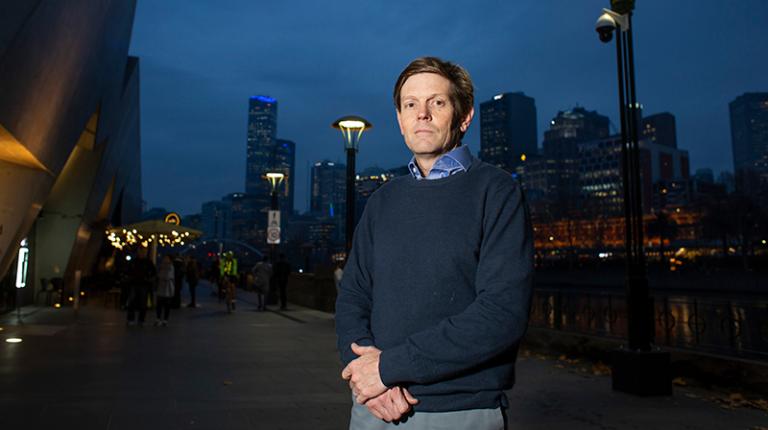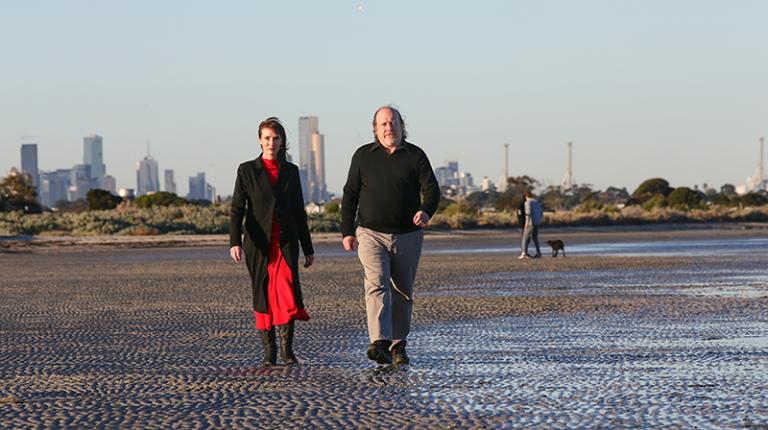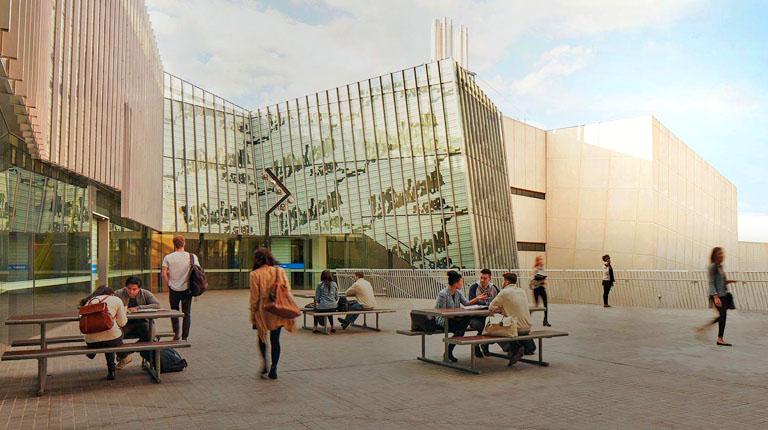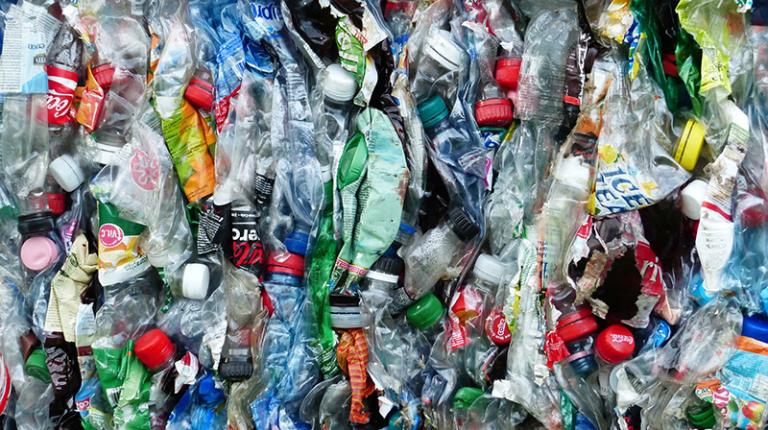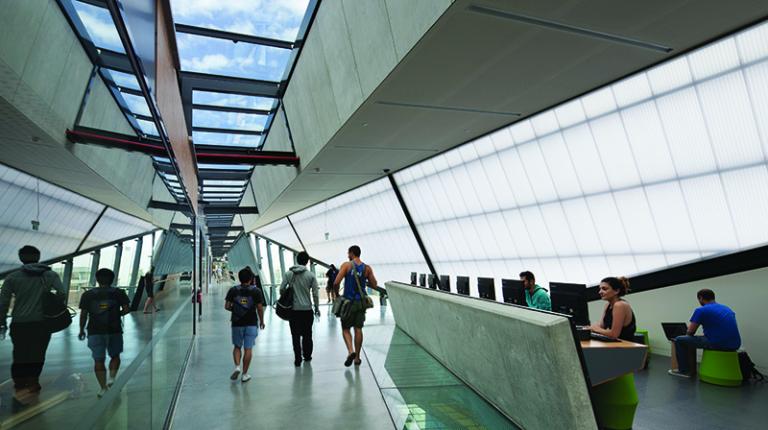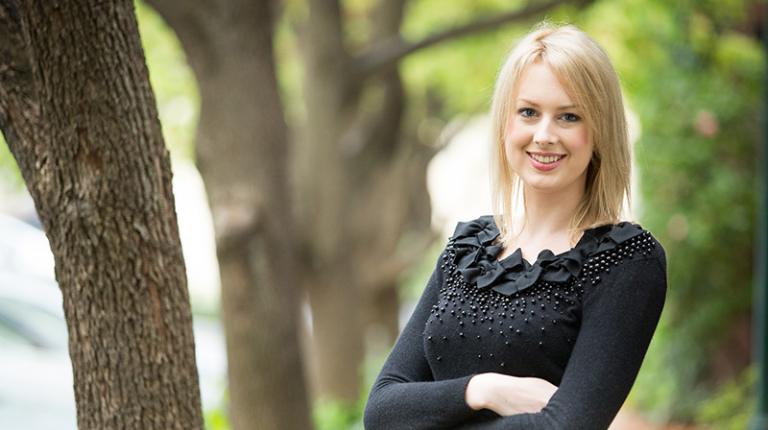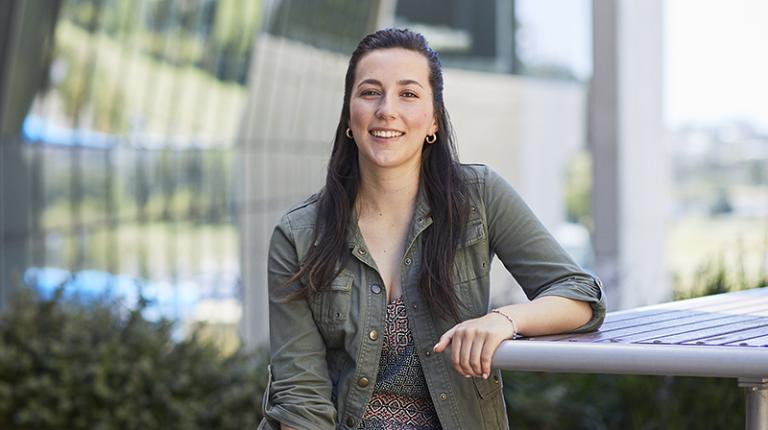Institute for Sustainable Industries and Liveable Cities researchers joined researchers from the United Arab Emirates, Korea, Malaysia and Pakistan in a joint effort to establish the progress towards using biomass (plant-based matter) as an affordable, scalable renewable and carbon-neutral energy source. Creating a bio-fuel from biomass involves a process called pyrolysis. Which pyrolysis processes should be employed – fast pyrolysis, slow pyrolysis or advanced pyrolysis – depends on the type of biomass and the specific reactor used.
High-impedance faults in power networks is a continuing and complex problem despite much research into potential solutions. Cagil Ozonay and Douglas Gomez from VU document the advances made in the field over decades of research, from seminal papers to contemporary methods and related technology. The review of the field provides a basis of understanding from which critically to analyse new developments.
Multi-area economic dispatch (MAED) is a very important issue in power systems, which affects the transmission of electrical energy. However, to optimise MAED functioning, and take into account costs and other practical issues, such as technical limitations, presents a very complex problem. Akhtar Kalam from VU, together with engineering researchers from Malaysia, Iran and Denmark, have developed an algorithm which provides a very powerful optimisation tool for determining costs and to choose the best alternatives for designing a multi-area economic dispatch.
Improving the design of electrical conductors has the potential to improve the cost and efficiency of power grids. Importantly, cables are subject to heating and must maintain their performance when subject to high temperatures and over a long period of time. VU engineering researchers Fernando Agustin, Akhtar Kalam and Aladin Zayegh are testing the suitability of new cable designs for use in different types of power networks. Flexible aluminium conductors are not commonly used due to insufficient study of the performance of cable joints and connectors. The researchers tested the properties of aluminium cable with encouraging results for use in electrical systems that operate at a 110°C maximum temperature. Before the potential use can be confirmed, the authors will investigate further properties of mechanical sheer when the cables are subject to an electrical fault. The researchers further investigated the performance of TR-EPR-insulated cables. EPR cables are not commonly used in Australian power networks due to relatively high levels of power loss. However, TR-EPR have lower levels of discharge at a lower cost than the EPR designs. The TR-EPR cables proved to be a cost-effective option for use in cabling for underground power networks, with the improvement of discharge levels to an acceptably low level, after heating, being maintained over an extended period.



